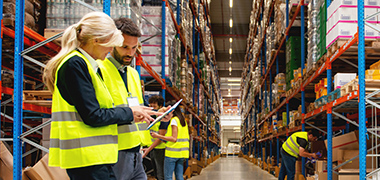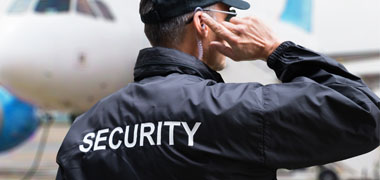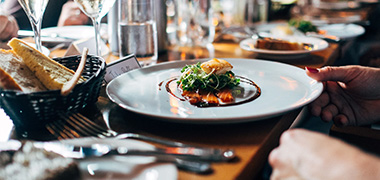
How do I become a seafood process worker?
Certificate I in Seafood Industry
- There are no mandated entry requirements.
 Taminmin College
Taminmin College
Certificate III in Process Manufacturing
- There are no mandated entry requirements.
 Academy Green Learning
Academy Green Learning
Certificate II in Seafood Post Harvest Operations
- There are no mandated entry requirements.
 Maritime Safety Training
Maritime Safety Training
Related occupations
Hatchery Technician
A Hatchery Technician supports aquaculture by breeding and raising aquatic species, monitoring health, maintaining water quality, and assisting with stock transportation.
Aquaculture Technician
An Aquaculture Technician manages daily operations on aquatic farms, including breeding, harvesting, maintaining environments, and recording stock observations.
Fisheries Officer
A Fisheries Officer patrols waterways to ensure sustainable fishing practices, enforce laws, inspect catches, and engage in educational activities.
Aquaculture Manager
An Aquaculture Manager oversees aquatic farming, managing breeding, harvesting, stock levels, compliance, and leading staff effectively.
Aquaculture Worker
An Aquaculture Worker breeds fish, maintains tanks, monitors water quality, and prepares stock, requiring teamwork, problem-solving, and physical tasks.
Seafood Distributor
A Seafood Distributor oversees seafood packaging, ensures health standards, supervises staff, manages multiple tasks, and liaises with producers, customers, and transporters.
Fisheries Scientist
A Fisheries Scientist studies aquatic organisms and ecosystems to promote sustainable fishing and advise on conservation policies and practices.
Common questions
How much does a Seafood Process Worker earn?
In Australia, a full time Seafood Process Worker generally earns $1,160 per week ($60,320 annual salary) before tax. This is a median figure for full-time employees and should be considered a guide only. As you gain more experience you can expect a potentially higher salary than people who are new to the industry.
What are the job opportunities for a Seafood Process Worker?
The number of people working in this industry has remained stable in recent years. There are currently 1,900 people employed in this field in Australia and many of them specialise as a Seafood Process Worker. Seafood Process Workers may find work across all regions of Australia, particularly in larger towns and cities close to the coast.
Source: Australian Government Labour Market Insights
How do I become a Seafood Process Worker?
If you’re planning a career as a Seafood Process Worker, consider enrolling in a Certificate II in Seafood Post Harvest Operations. You’ll be prepared to take on a range of seafood packaging and processing roles, with subjects including hygiene and sanitation processes, working with temperature controlled stock, using knives, processing seafood and operating production equipment.
Further reading


Choosing a security licence course in Australia: A step-by-step guide for jobseekers
10th November 2023)

